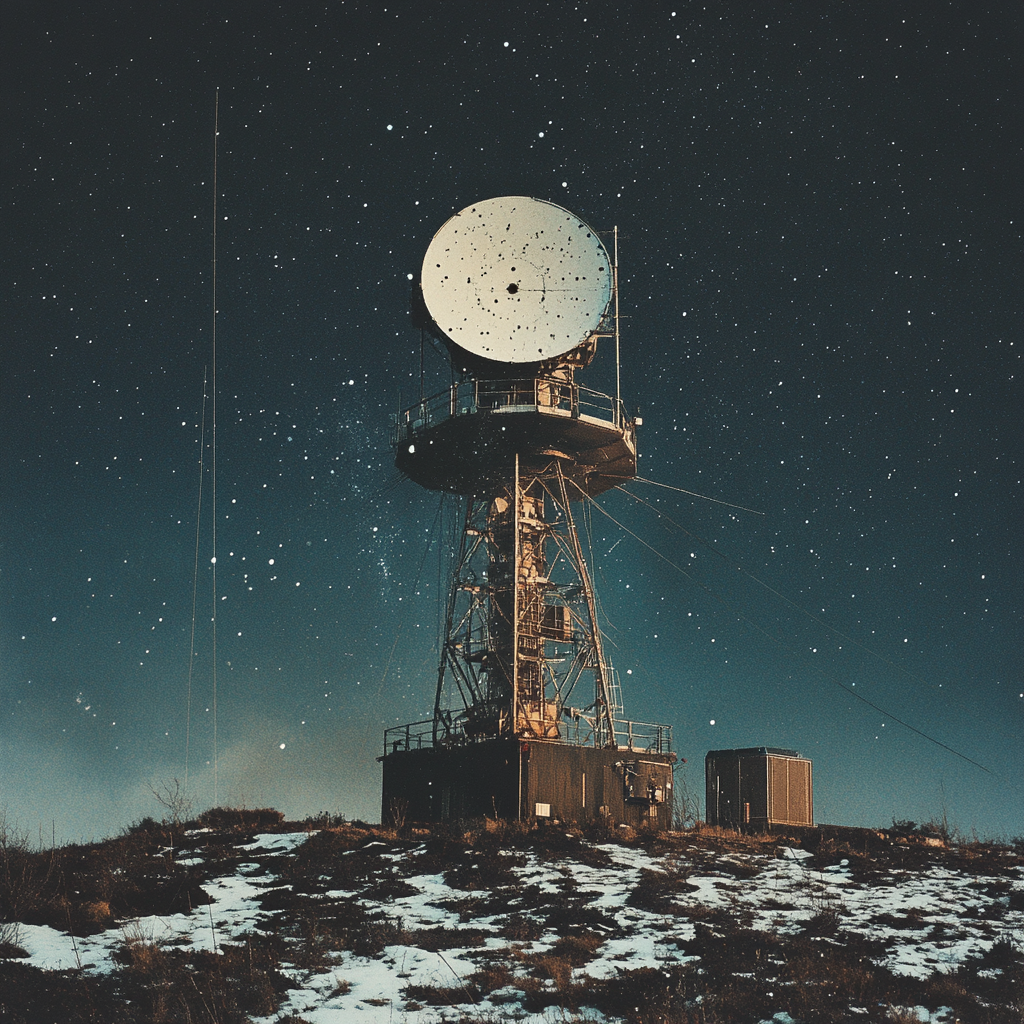As outer space becomes increasingly intertwined with geopolitical interests and commercial aspirations, the realm of space cybersecurity emerges as a domain of paramount importance. The space industry, projected to exceed a valuation of $1.2 trillion by 2030, is undeniably lucrative; however, its digital components remain susceptible to cyber threats. Enter the Zero Trust Architecture (ZTA) – a revolutionary paradigm reshaping the cyber defenses of space-bound systems in 2024.
Understanding Zero Trust in the Expanse of Space
Traditional cybersecurity models, which often rely on perimeter defenses, find themselves stretched thin when applied to space’s decentralized operations. ZTA operates under the principle of “never trust, always verify.” Irrespective of their location, every user, device, and transaction is treated as potentially hostile and must be continuously authenticated and authorized.
Advantages for Space Operations
Granular Access Control: Satellites, spacecraft, and ground stations often house sensitive data. ZTA ensures that entities access only the information they are explicitly authorized to, mitigating the risk of internal threats or breaches.
Dynamic Threat Response: The vastness of space and the speed of operations demand swift threat response mechanisms. ZTA, with its continuous monitoring, can detect and respond to threats in real-time, preventing potential cascade effects that could compromise missions.
Interoperability: With an array of nations and private entities launching missions, interoperability becomes critical. ZTA offers a standardized security protocol that facilitates seamless collaboration without compromising on data integrity or system security.
Market Impact
The incorporation of ZTA in space operations contributes significantly to the market’s overall growth. By bolstering security, ZTA has instilled greater confidence among investors and stakeholders. A recent study indicated that the adoption of advanced cybersecurity measures like ZTA could potentially accelerate the space market’s growth by 15% over the next decade.
Conclusion
Zero Trust Architecture, while initially designed for terrestrial networks, has found a critical application in the vast and intricate realm of space. As we venture deeper into the cosmos in 2024, the foundation of a secure and prosperous space industry will invariably rest on the principles of trustlessness and continuous verification that ZTA provides.







